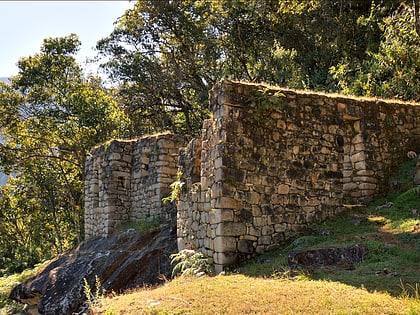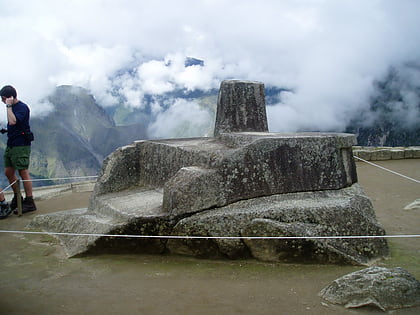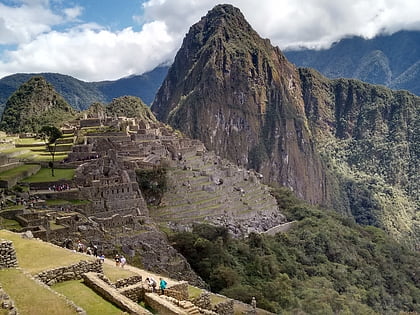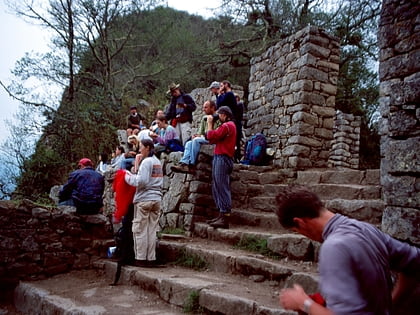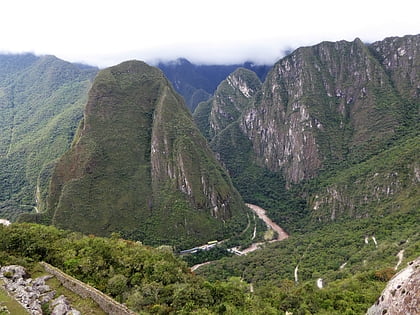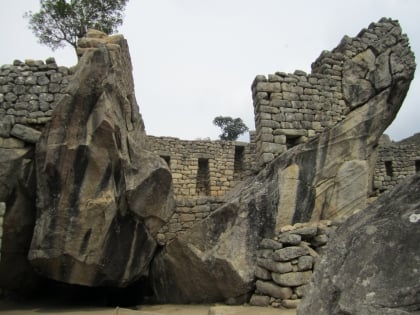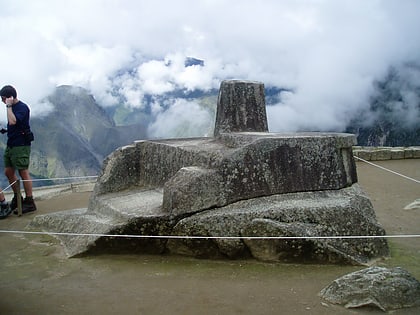Temple of the Moon
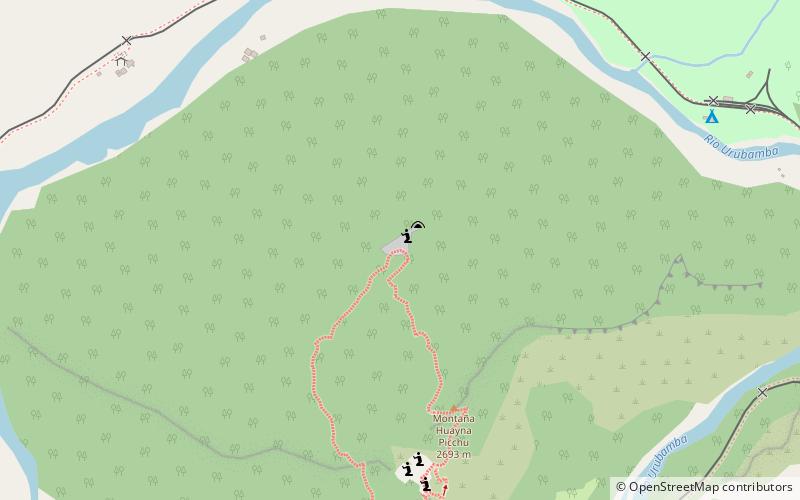
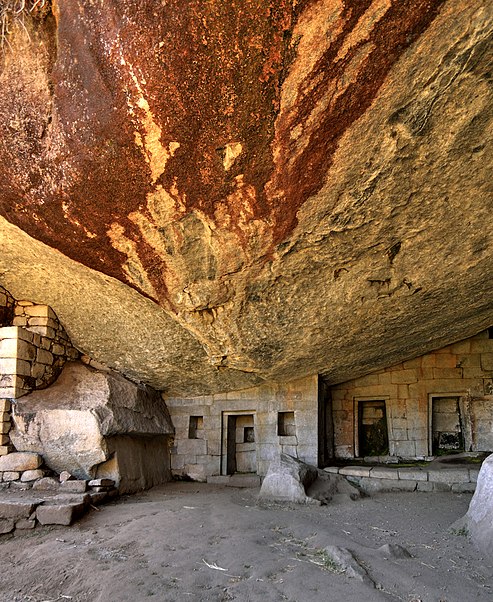
Facts and practical information
Nestled within the mystical Sacred Valley of the Incas in Peru, the Temple of the Moon is an awe-inspiring archaeological site that captures the imagination of visitors and historians alike. This ancient temple, shrouded in the aura of the Incan civilization, offers a unique glimpse into the spiritual practices and architectural prowess of a culture that thrived long before the modern era.
Perched on the Huayna Picchu Mountain, which towers above the renowned Machu Picchu, the Temple of the Moon is a testament to the Incas' reverence for celestial bodies. The temple is carved into a natural cave, and its semi-circular altar, paired with intricately carved niches, is believed to have been used for ceremonial purposes related to the moon, which held significant importance in Inca mythology and agriculture.
Unlike many of its contemporaries, the Temple of the Moon was not discovered until the late 20th century, allowing it to remain relatively intact and free from the influences of colonization. The site's remote location means that it sees fewer visitors than the bustling ruins of Machu Picchu, providing a serene atmosphere for those who embark on the challenging trek to reach it.
The temple's design showcases the Incas' sophisticated stone masonry skills, with each block fitting together perfectly without the use of mortar. This construction technique not only speaks to their understanding of aesthetics but also to their ability to create structures that could withstand the test of time and the harsh Andean environment.
Cusco
Temple of the Moon – popular in the area (distance from the attraction)
Nearby attractions include: Intihuatana, Huayna Picchu, Inti Punku, Putucusi.
